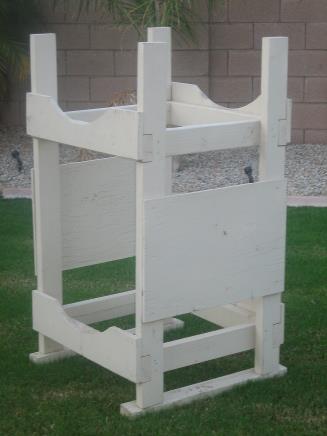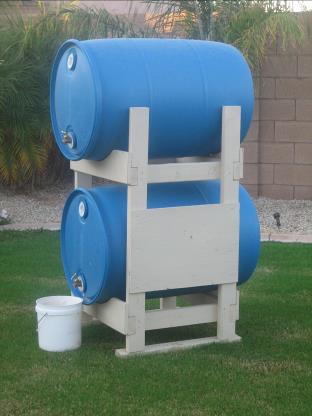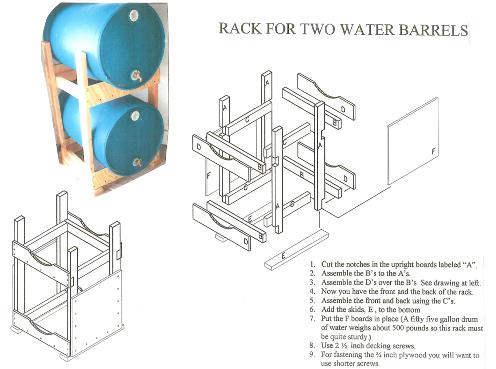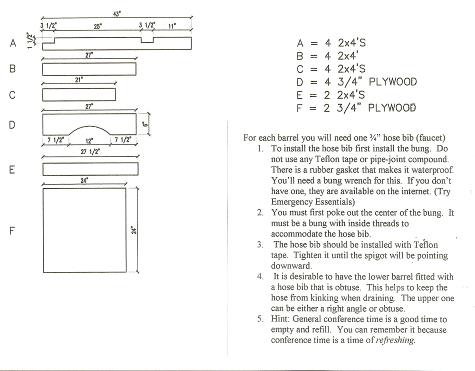Community Preparedness Workshop
Saturday, August 16, 2014
Public Safety Building
475 S 300 E
Salt Lake City, UT
Dear Salt Lake City Community Members,
The 3nd Quarter 2014 Community Preparedness Workshop has been scheduled. Please join us at the workshop on Saturday, August 16, 2014. Continental breakfast will be offered at 8:00 am. Welcome and opening address will begin at 8:30.
This workshop will be divided into three sessions. The first session will cover the proper use of FRS radios. If you have an FRS radio, bring it to the workshop. The second session will present the Fix-the-Bricks program. This program was designed to provide some basic tools to enable residents to do a preliminary assessment in determining potential structural impact of a 7.0 seismic event. The third session will be presented by structural engineer Glen Palmer. Mr. Palmer will continue the topic of structural seismic stability addressing considerations Salt Lake residents should make and steps that can be taken to reduce the impact of a seismic event to homes and buildings.
Please visit www.slcgov.com/em as soon as possible to register to attend the workshop. State “yes” or “no” in the comment section to indicate if you will be attending the breakfast. Please pass this on to anyone you feel would be interested in attending.
Community Preparedness Workshop
Agenda
Saturday, August 16, 2014
8:00 am – 12:00 pm
Public Safety Building
475 S 300 E
Salt Lake City, UT
- 8:00 Sign-in & Light continental breakfast/ Welcome & Open Meeting –
- John Flynt/Mayor’s Office
- 8:30 Emergency Radio Communications: How to Use FRS –
Numerous types of radio services are available for emergency communications.The Family Radio Service (FRS) is used for casual and emergency purposes by families, neighbors and CERTs. Pros, cons and how-to's of FRS will be covered in this presentation. If you have an FRS radio, bring it to the workshop. If you don't, this presentation may help you decide whether to get one or not.
- 9:30 Break
- 9:45 Fix-the-Bricks – John Flynt
This program was designed to provide some basic tools to enable residents to do a preliminary assessment in determining potential structural impact of a 7.0 seismic event.
- 10:45 Break
- 11:00 Palmer Engineering – Glen Palmer
This session will be presented by structural engineer Glen Palmer. Mr. Palmer will continue the topic of structural seismic stability addressing considerations Salt Lake residents should make and steps that can be taken to reduce the impact of a seismic event to homes and buildings. A Q&A will follow.
Free parking is available immediately to the right as you turn on to Blair St. from 400 South, in the small parking lot to the east of Blair St. on the east side of the Public Safety Building, and on 500 South beside the Public Safety Building.
People with disabilities may make requests for reasonable accommodation no later than 48 hours in advance in order to attend this meeting. Accommodations may include alternate formats, interpreters, and other auxiliary aids. This is an accessible facility. For questions or additional information, please contact Michael Stott, ADA Coordinator, at michael.stott@slcgov.com, (801) 535-7976, or TDD (801) 535-6021.
Any questions, please contact:
John Flynt
Preparedness Coordinator
Salt Lake City Office of Emergency Management
801-799-3604
john.flynt@slcgov.com










